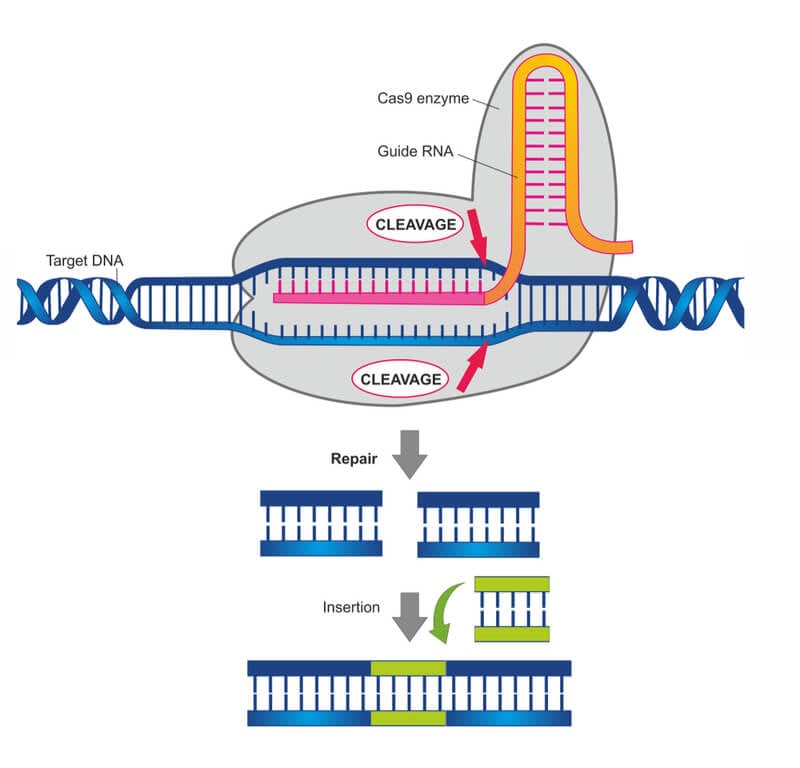Introduction:
Released in 1948, “Rope” is an exceptional crime thriller that stands as a testament to Alfred Hitchcock’s prowess in suspenseful storytelling. Departing from conventional filmmaking, Hitchcock crafted “Rope” as a daring experiment, embracing long takes and creating an atmosphere of tension that unfolds in real-time. This comprehensive review delves into the unique cinematic elements, narrative brilliance, and the enduring impact of “Rope” as a pioneering work of cinematic art within the crime and thriller genres.
I. Theatrical Experimentation:
1.1 The Single-Take Illusion:
- Hitchcock’s groundbreaking decision to simulate long takes, each spanning roughly ten minutes, creates a seamless and continuous viewing experience.
- The film is divided into ten segments, carefully concealed to give the illusion of a single unbroken take.
1.2 Inspired by Leopold and Loeb:
- “Rope” draws inspiration from the infamous Leopold and Loeb case, where two young men committed a heinous crime to prove their perceived intellectual superiority.
- Hitchcock uses this real-life event as a springboard to explore morality, arrogance, and the consequences of unchecked power.
II. The Narrative Thread:
2.1 A Daring Crime:
- The film opens with the murder of David Kentley, a former classmate of Brandon Shaw and Phillip Morgan.
- The crime is committed with a chilling arrogance, and the victim’s body is concealed in a chest in the middle of their apartment.
2.2 Dinner Party as a Macabre Cover:
- To further elevate the suspense, Brandon and Phillip host a dinner party with the victim’s friends and family, using the chest containing the body as a grotesque centerpiece.
- The narrative unfolds in real-time, amplifying the tension as the unsuspecting guests remain oblivious to the horrifying secret.
III. Character Dynamics:
3.1 Brandon Shaw (John Dall):
- John Dall portrays Brandon, the mastermind behind the crime, with a chilling charisma.
- Brandon’s intellectual arrogance and manipulative nature create a character that blurs the lines between antagonist and antihero.
3.2 Phillip Morgan (Farley Granger):
- Farley Granger brings depth to the character of Phillip, Brandon’s accomplice, who is torn between guilt and fear.
- Phillip’s internal struggle adds a layer of complexity to the dynamic between the two characters.
IV. James Stewart’s Profound Presence:
4.1 Rupert Cadell:
- James Stewart, a frequent collaborator with Hitchcock, takes on the role of Rupert Cadell, a former teacher of Brandon and Phillip.
- Cadell serves as a moral compass, and Stewart’s performance adds gravitas to the film, providing a critical perspective on the heinous act.
4.2 A Moral Conundrum:
- Cadell becomes the voice of reason, questioning the morality and intellectual arrogance of Brandon’s actions.
- Stewart’s performance contributes to the film’s philosophical undertones, exploring the consequences of playing god.
V. Hitchcock’s Directorial Flourishes:
5.1 Mise-en-Scène and Set Design:
- Hitchcock’s meticulous attention to detail is evident in the film’s set design, with the apartment serving as a claustrophobic stage for the unfolding drama.
- The use of deep focus and carefully choreographed movements enhances the theatricality of the film.
5.2 Cinematography and Long Takes:
- Cinematographer Joseph A. Valentine collaborates with Hitchcock to create a visually striking film with long takes that seamlessly transition between different segments.
- The innovative use of the “Rope” technique challenges traditional filmmaking norms and adds a layer of suspense to the narrative.
VI. Reception and Legacy:
6.1 Initial Reception:
- “Rope” received mixed reviews upon its initial release, with some critics praising Hitchcock’s daring approach, while others were critical of the film’s limited locations and experimental nature.
- The film’s unconventional style was ahead of its time and has gained greater appreciation in later years.
6.2 A Cinematic Legacy:
- “Rope” is revered as a cinematic experiment that pushed the boundaries of storytelling and filmmaking.
- Its influence can be seen in subsequent films that have embraced long takes and real-time storytelling, contributing to the evolution of cinematic techniques.
VII. Hitchcockian Themes:
7.1 Obsession and Guilt:
- “Rope” delves into Hitchcock’s recurring themes of obsession and guilt, with Brandon’s intellectual arrogance driving the narrative.
- The film explores the psychological toll of committing a perfect crime and the unraveling of the characters’ facades.
7.2 Voyeurism:
- Hitchcock’s fascination with voyeurism is evident in “Rope,” as the audience becomes complicit in witnessing the crime and its aftermath.
- The film challenges viewers to confront their own voyeuristic tendencies and moral judgments.
VIII. Conclusion:
In conclusion, “Rope” remains a cinematic gem that showcases Alfred Hitchcock’s audacious experimentation with storytelling and filmmaking techniques. The film’s theatricality, real-time narrative, and exploration of moral ambiguity set it apart as a bold and enduring work of art. Hitchcock’s ability to sustain tension, coupled with standout performances from the cast, contributes to the film’s timeless appeal. “Rope” stands as a testament to Hitchcock’s genius and his unwavering commitment to pushing the boundaries of cinematic expression, leaving an indelible mark on the landscape of crime and thriller genres. As we revisit this Hitchcockian classic, we are reminded that “Rope” not only entertains but also challenges audiences to confront the darker facets of human nature within the confines of a tightly wound thriller.









